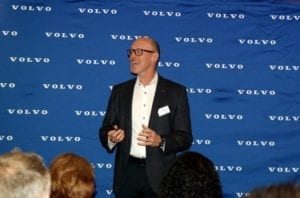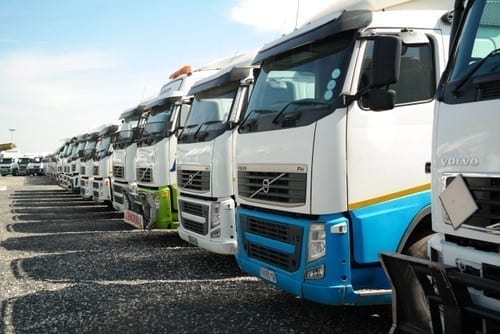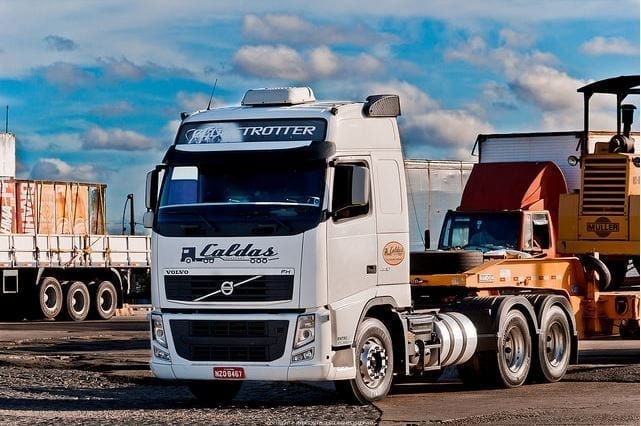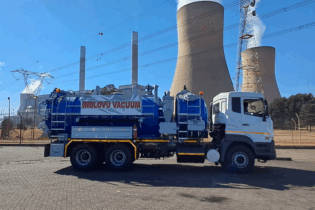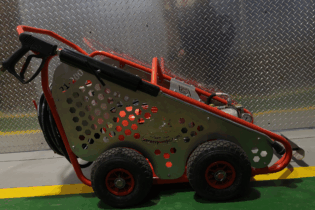The Volvo Group will shift focus from the South African market to other markets on the continent this year as the local economy lags and opportunity for growth emerge elsewhere.
This is according to Torbjörn Christensson, President: Volvo Group Trucks Southern Africa at Volvo Group. Addressing the media at the company’s annual press conference and luncheon last week, Christensson said the Group was committed to building a better network outside of South Africa and was looking to attract the interest of new importers in Zambia, Kenya, Tanzania and Uganda.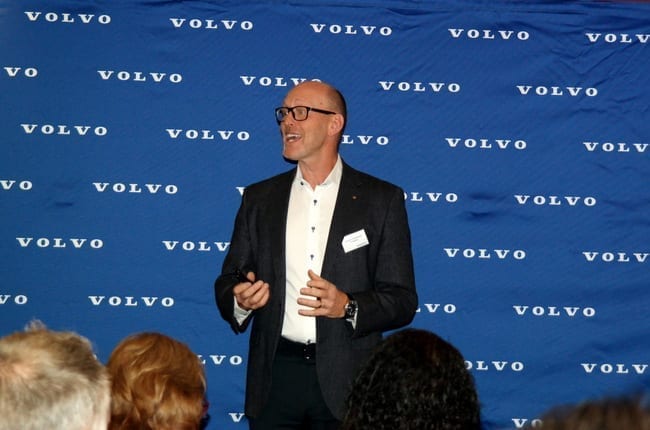
-
Torbjörn Christensson, President: Volvo Group Trucks Southern Africa at Volvo Group says it is becoming harder to convince Sweden to invest in South Africa as the rand slides and the perception of the currency sours.
“What has happened in the last couple of weeks will hit importers tremendously.”
“We see growth potential [in Africa]. What we lose here we could gain outside South Africa if our plans are correct. We have signed agreements with new importers and are changing importers in Kenya, Tanzania and Uganda this year. We have quite a successful setup in Ethiopia where we are renewing our footprint. And we have set up a dedicated organisation focused on this,” he says. The Group will launch the UD Quester into the rest of Africa in Q1/Q2 this year. “If you look at Renault [Trucks] we are expanding the brand into Africa. We have done some extremely good sales in South Sudan and Ethiopia last year and will continue to drive that.” Local market A single entity, Volvo Group Southern Africa comprises the brands Volvo Trucks, Renault Trucks and UD Trucks. In 2015 it commanded a 15% share of the total truck and bus market in South Africa, broken down as follows: Heavy duty segment: 24%; Medium duty segment: 21% and Bus segment: 6%.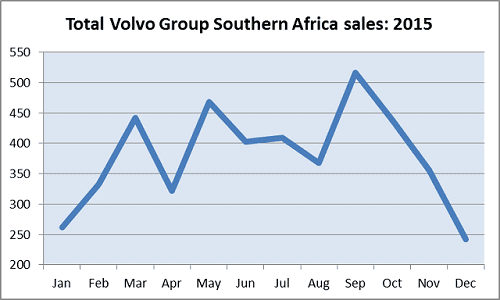
-
The UD Quester launch, in April last year, was a “milestone” for the Group. A record 218 UD Trucks were sold in September last year.
“We fight for money to be invested here.”
Christensson described the situation in South Africa as complex. “Lately, there has been too much negativity stacking onto each other – that is what they evaluate. It is not an easy labour market. It’s not an easy market to invest in and there are visa problems and travelling restrictions. It is not set up to be the dream scenario for investors. Before it was easier to get money to invest, that is for sure. But our Board members are clever; they see that there are a lot of opportunities as well. We are here for the long-term. We have a good footprint,” he said.The 2016 outlook
Describing the 2016 outlook as “flat”, Christensson said the Group was on a drive to lower its operating expenses and upskill its staff. Apart from the Africa focus, the Group in 2016 would also pay greater attention to: • Customer satisfaction• Its finance solutions
• Staff training and development
• Dealer network support
• Customer uptime “Our customers will not have an easy year. We will do whatever we can to help them as they drive their vehicles harder. We will launch a better finance product during the year because we have noticed the banks are less willing to lend people money to buy trucks,” he explained. During 2015, the Group opened a new Truck Centre in Bloemfontein and a new dealership in strategically important Harrismith between Durban and Johannesburg. The Group also expanded the Parts Distribution Centre, roughly tripling the size of it. It upgraded the Competency Development Centre (CDC) and opened a dedicated Used Trucks Centre. During 2015: • 335 000 workshop hours were sold
• 2 100 people were trained in the Group’s CDC
• Over 1 000 used trucks were sold in the UTC
• Roughly R100-million was spent in SA Christensson added that the company had achieved success in other areas of the business, such as with maintenance contracts and the aftermarket which, according to him, were growing. “This year we are reviewing our Volvo Trucks dealership facility in Durban, which will be revamped and/or expanded,” he indicated. New products Christensson said a new, medium duty product, based on the UD Quester, would be introduced in the middle of this year. “For Volvo in South Africa, we have what I would call a minor facelift of the FH coming during the year.” He said the Group had decided to stop importing Completely Knocked Down (CKD) units for assembly of Renault Trucks in Durban, due to the economic non-viability thereof. Renault Trucks have always been assembled CKD in the company’s Durban assembly plant and will now only be available as CBU. Volvo Trucks will continue to be assembled as CKD in Durban, while UD Trucks are assembled CKD in Rosslyn. Although a single entity, Volvo Trucks, UD Trucks and Renault Trucks are run as separate companies and brands. Recent changes to the company’s organisational structure resulted in a slight reduction in staff, from around 980 to 940, he said. “We are in the finalisation stage of the UD Trucks medium range product. We are due to introduce it in mid-2016. We made the decision that we would not produce Renault CKD units here, but we sell them on as CBU’s and especially in the markets outside of South Africa, where Renault is quite a successful brand. We will continue to service and sell Renault Trucks but not build them locally. The volume is not economically feasible.” The Group’s Durban assembly factory is not expandable and the UD facility in Pretoria is well positioned, so it is unlikely that the two would be combined under one roof. Sinking feeling Christensson explained that the Group’s mining customers had been the most severely hit by the commodity crunch. Conversely, refrigerated transport and general cargo continued to thrive. “That sector includes some very professional customers which have replacement cycles and they are carrying on in the good and the bad times. We keep on eating, even in tough times. The construction sector will depend on infrastructure investments. That is where the government could be more active; investing in infrastructure projects.”


